The vibrant chaos of Holi, India’s festival of colors, is a visual spectacle unlike any other. Streets transform into rivers of powdered pigments, laughter echoes through the air, and every participant—willing or otherwise—becomes a canvas for rainbow hues. For photographers, this explosion of color offers irresistible creative potential. Yet beneath the joyous frenzy lies a serious threat to camera gear. The fine particulate nature of Holi colors can infiltrate lens barrels, jam shutter mechanisms, and permanently stain sensors. Without proper precautions, a day of shooting could result in costly repairs or even permanent equipment damage.
Seasoned photographers who’ve documented Holi multiple times develop an almost ritualistic approach to gear protection. Unlike standard weather-sealed setups designed for rain, Holi demands defense against airborne pigments that behave more like abrasive dust than water. The challenge is twofold: creating an effective barrier while maintaining enough accessibility to adjust settings and change lenses when absolutely necessary. Over the years, DIY solutions have evolved within the photojournalist community, blending practicality with varying degrees of MacGyver-esque ingenuity.
The foundation of any Holi camera armor begins with complete coverage. Professional underwater housings, while ideal, are prohibitively expensive for most. Instead, clear plastic freezer bags with tightly sealed openings around the lens hood become the budget-conscious shooter’s first line of defense. The trick lies in using high-clarity 2mm poly bags rather than standard grocery store variants—the thicker material reduces optical distortion while providing tear resistance. Gaffer tape forms the critical seal around the lens barrel, with veteran photographers recommending a triple-wrap technique: first layer sticky side out to catch loose fibers, second layer sticky side in for adhesion, third layer as a moisture barrier.
Lens protection takes on almost comical proportions during Holi. Front elements require sacrificial filters—not just any UV filter, but cheap multicoated ones that can be discarded after pigment infiltration. The real hack comes from stretching a microfiber cloth over the filter before screwing it on, creating a replaceable color-catching surface that prevents powder from immediately coating the glass. This setup requires shooting at wider apertures to compensate for the slight softness introduced by the fabric layer, an acceptable trade-off for preserving lens integrity during the thickest color throws.
Zoom mechanisms present a particular vulnerability. Even sealed professional lenses succumb to pigment ingress when extending barrels suck in colored particles. The workaround involves pre-setting focal lengths and physically locking zooms with rubber bands or hair ties. Prime lenses naturally fare better, with seasoned Holi shooters favoring fast 35mm or 50mm options to minimize adjustments. Those requiring longer reach often resort to fixed telephotos with external tape seals over every seam and switch—a solution that turns high-end glass into what resembles a duct-tape-wrapped relic from a war zone.
Camera bodies demand special attention to button interfaces. Silicone keyboard covers, trimmed to size and affixed with removable adhesive, protect dials and joysticks while maintaining tactile feedback. The rear LCD screen typically gets a hydrogel screen protector topped with a thin layer of petroleum jelly—the latter creating a surface from which pigment can be easily wiped without smearing. Some shooters go so far as to fashion makeshift control decks from cling wrap and rubber bands, allowing access to essential buttons while keeping powder out of crevices.
Sensor protection becomes paramount when lens changes are unavoidable. Changing bags, normally used for film loading, transform into makeshift clean rooms when draped over the camera body during swaps. The real genius lies in preparing multiple pre-sealed lens bags—each secondary lens lives in its own zippered plastic casing with rear caps removed, enabling swift transitions without exposing the mirrorless sensor or DSLR mirror box to open air. This ballet of sealed swaps looks absurd to bystanders but saves countless hours of sensor cleaning afterward.
Post-Holi camera triage follows specific protocols. The first mistake amateurs make is immediately removing all protections, allowing days-old dried pigment to shower into the camera’s internals. Instead, experienced handlers carefully peel tapes and bags indoors while holding the camera over a trash bin, then use a rocket blower at maximum distance to avoid driving particles deeper. Lens mount gaskets receive special attention with isopropyl-dipped swabs, as pigments tend to accumulate in these grooves and migrate later during normal use.
The aftermath often reveals creative compromises. Autofocus rings may grind slightly until a professional cleaning removes residual powder. Weather sealing that seemed impregnable frequently shows its limits when neon yellow emerges from battery compartment seams weeks later. Yet for those who’ve successfully documented Holi without catastrophic gear failure, the DIY battle scars become badges of honor—a small price to pay for capturing one of photography’s most challenging yet visually rewarding cultural phenomena.
Beyond equipment, photographers themselves become targets during Holi celebrations. A surprising number of professionals wear full hazmat suits—not for pandemic reasons, but because skin stained bright pink for days interferes with subsequent assignments. Clear swimming goggles protect eyes while maintaining visibility, and industrial respirators prevent inhalation of potentially toxic pigments. The resulting aesthetic—part war photographer, part mad scientist—only adds to the surreal nature of documenting this ecstatic color war.
What begins as practical protection often evolves into personal tradition. Veteran Holi photographers speak of yearly ritual improvements to their setups—the year they discovered medical-grade adhesive films for touchscreens, the season when aquarium silicone sealed their battery doors perfectly. There’s unspoken pride in having a system that looks absurd but works, in developing solutions that no manufacturer would ever patent but that every street shooter eventually reinvents. In this way, the camera armor becomes as much a part of the Holi tradition as the colors themselves—a temporary transformation allowing photographers to safely immerse in chaos while preserving the ability to capture its beauty.
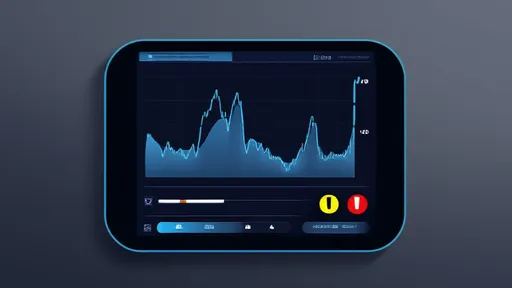
By /Aug 4, 2025

By /Aug 4, 2025
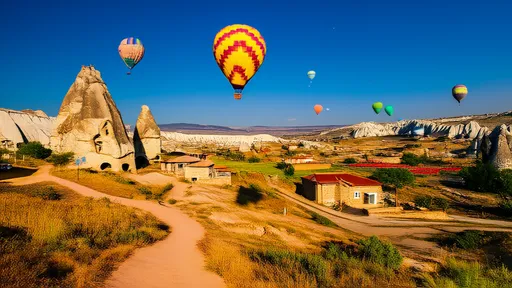
By /Aug 4, 2025

By /Aug 4, 2025

By /Aug 4, 2025

By /Aug 4, 2025

By /Aug 4, 2025

By /Aug 4, 2025

By /Aug 4, 2025
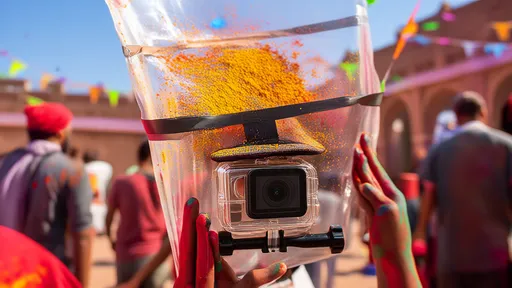
By /Aug 4, 2025

By /Aug 4, 2025

By /Aug 4, 2025
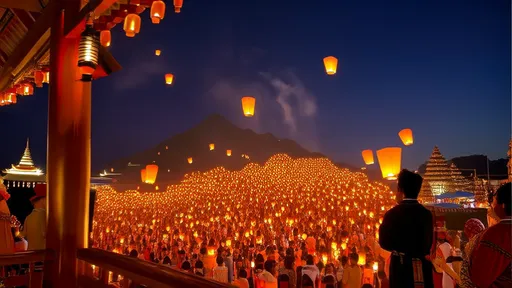
By /Aug 4, 2025
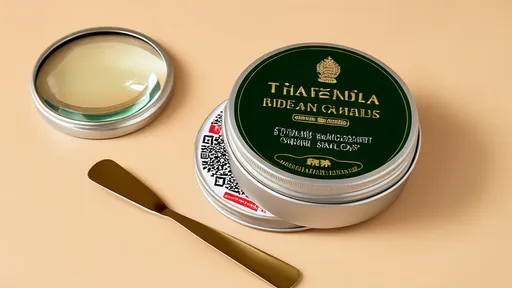
By /Aug 4, 2025

By /Aug 4, 2025

By /Aug 4, 2025
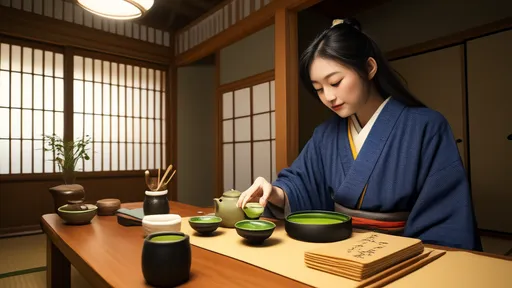
By /Aug 4, 2025
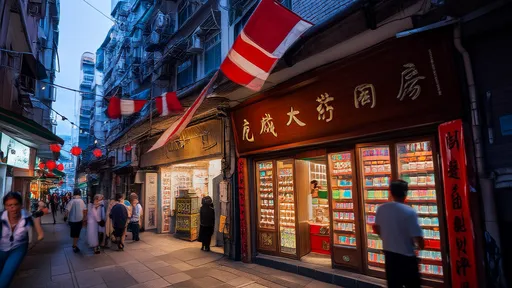
By /Aug 4, 2025

By /Aug 4, 2025

By /Aug 4, 2025